
The applications of artificial intelligence are endless. Learn how you can use artificial intelligence in business to become a better manager.
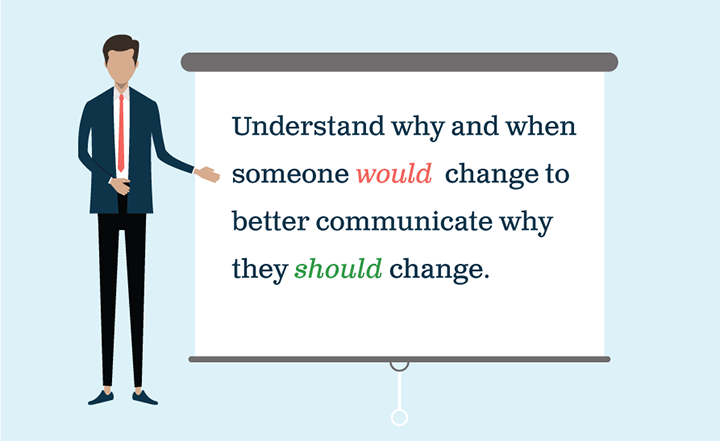
Change agents and their ideas are the life force of organizations, but not all employees thrive on change. How you communicate new ideas plays a huge role in how well they're received and how quickly they're adopted. Use these 5 questions to prepare and communicate your vision for innovation.

Is your company transforming the market? Learn how market disruption is creating exciting opportunities for CIOs that rise to the occasion.
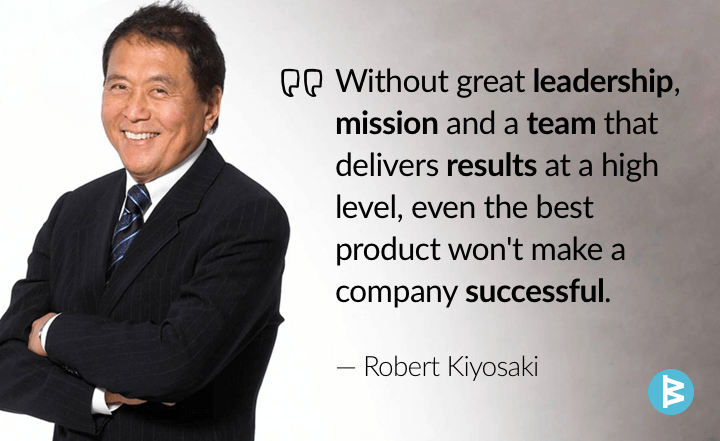
High performing teams seem to generate their own energy and elevate everyone on the team to their full potential. What sets these teams apart from the rest?
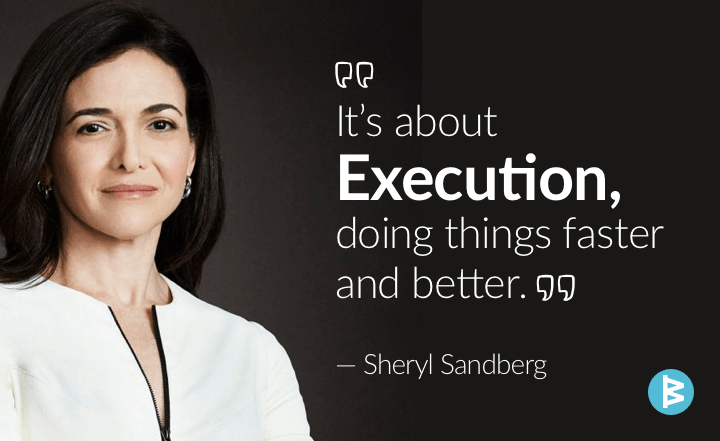
The formula for achieving goals is straightforward: apply team, time and budget to the specific work needed to reach the right results. Very successful people achieve goals faster and with fewer resources than peers; their execution velocity is high, which raises their career velocity.
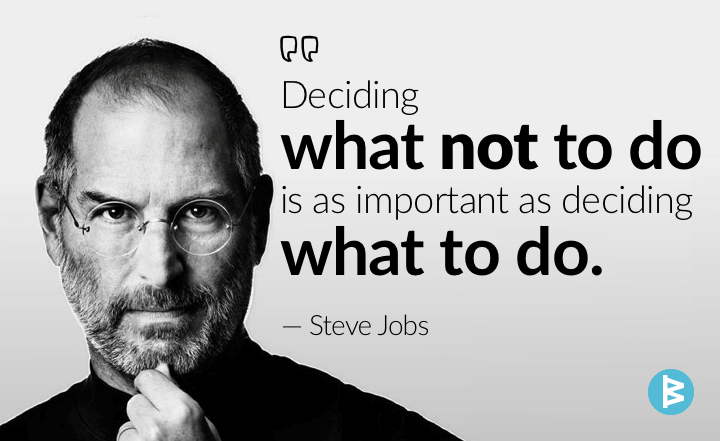
The start of each quarter is goal setting time, and many of us also self-assess accomplishments against the previous quarter's goals. Nail your next quarter with these 3 tactics for goal achievement.
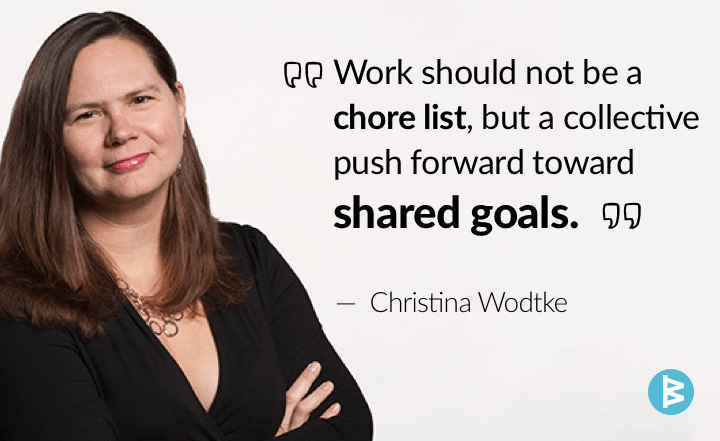
Execution and velocity guru Christina Wodtke discusses the value of status emails as a way for teams connect and support each other.

Time invested in higher-value leadership activities is essential for both company performance and engaging employees in the mission of the organization.

We tend to work on the last 20 items in our email inbox whether or not they’re worth working on. Without a persistent list of strategic priority work and clear goals, it’s impossible to execute well.
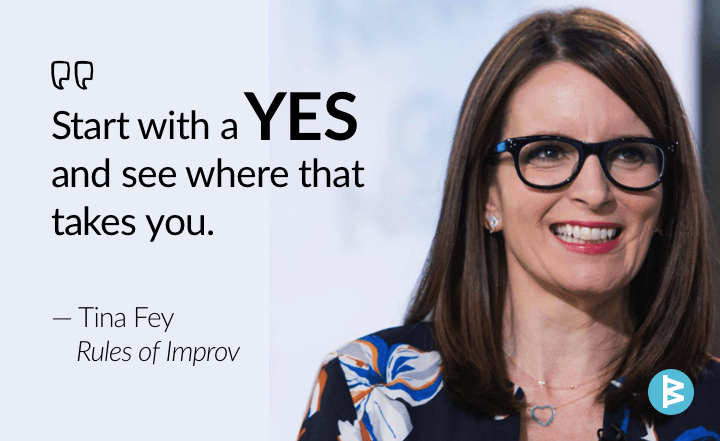
Our verbal and listening habits have a direct effect on our productivity and our professional outcomes. When ideas and facts flow easily and teams engage in authentic business-driven discussions, productivity and results soar.

Short cuts like corporate acronyms are great when they help you get to the intended goal faster, but here are three ways they undermine communication and how to break the habit.

Millennials are disrupting norms in the best and worst possible ways, and the future rests on their frighteningly fickle shoulders. Invest on developing these talented young people: you will be developing the next great workforce.

If you lead a team, coaching people and giving regular feedback — positive and constructive — is part of the job. Prioritizing 1on1s and doing the “soft stuff” that builds morale, culture and people are strategic elements of leadership. Elevate your 1on1s by covering these five topics for more impact.

Creating a great business and successful franchise is art and science, timing and luck. While luck and timing are largely out of your control, Neal Dennis and the team at Hwy 55 Burgers Shakes & Fries can teach us a lot about the art and science of success.
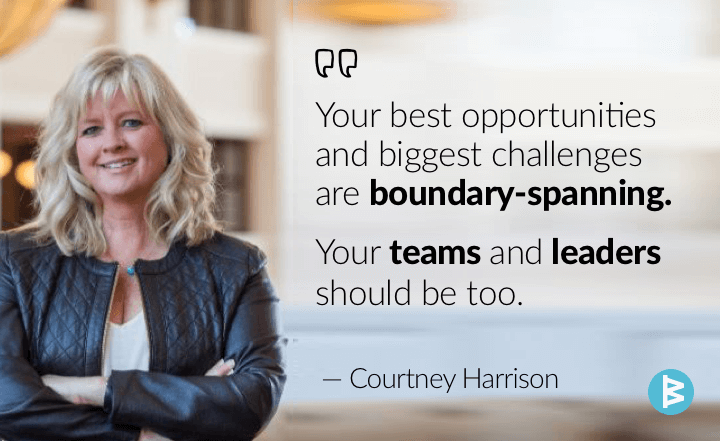
Functional boundaries and formal hierarchies that served us well for decades now inhibit our organization’s ability to compete with more nimble competitors. Today, dynamic teaming and leading across every level and organization are essential. Follow these 5 tips to create the dynamics that improve organization agility and velocity.

Knowledge workers are overwhelmed by incoming information — the “time management” techniques they learned in the past are failing them. Attention management skills are more important than time management. Clarity on role priorities not just task priorities, attention management skills and workflow management are needed to be truly effective.

Elite athletes practice getting themselves to the top of their performance game, so that when they get on the field, the court or the track they are fully prepared to WIN. What if we did that at work?